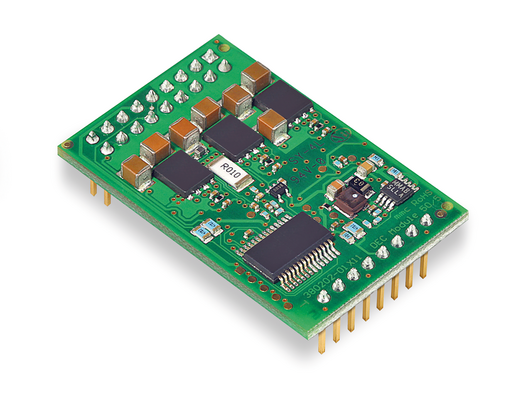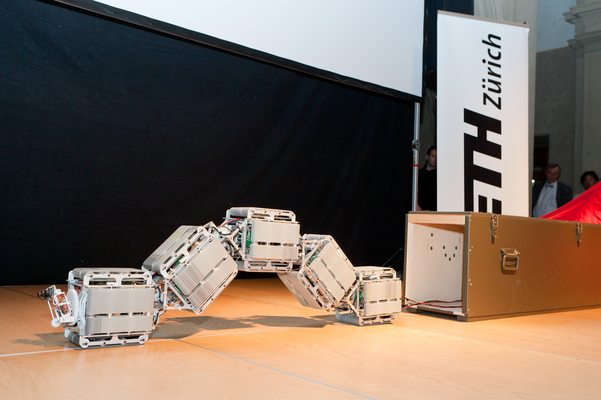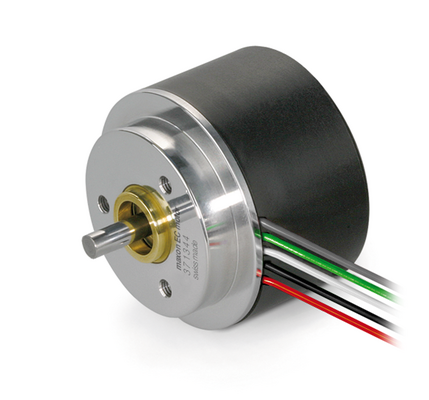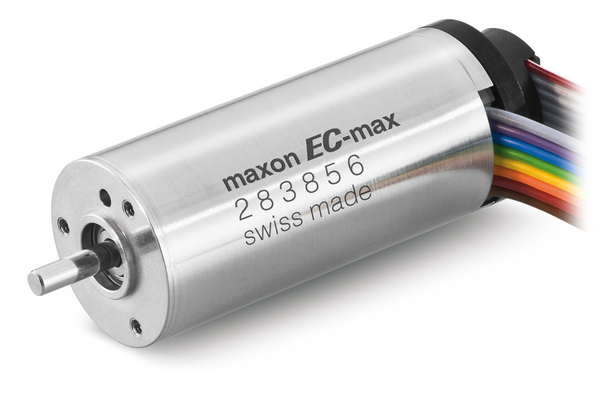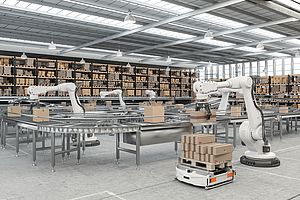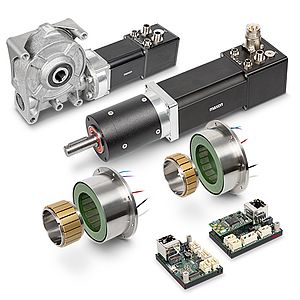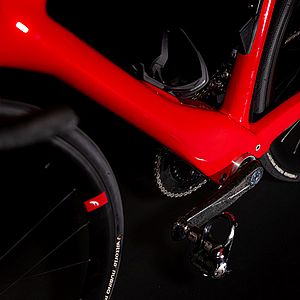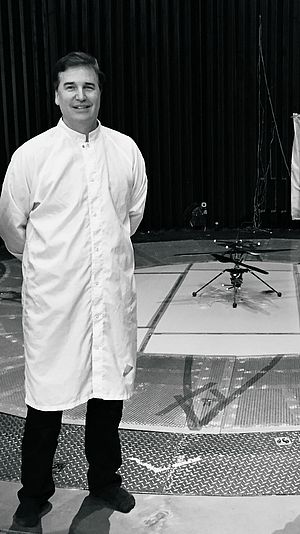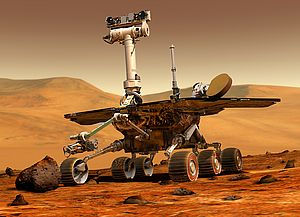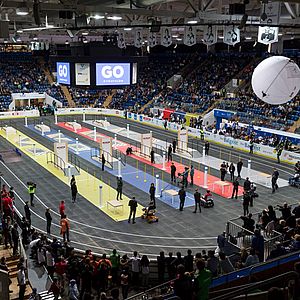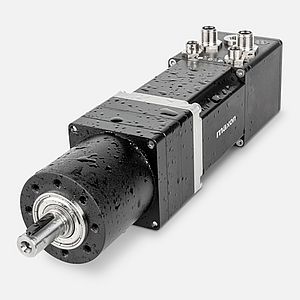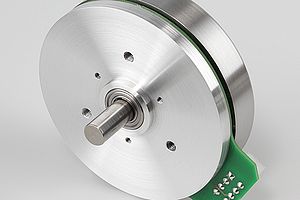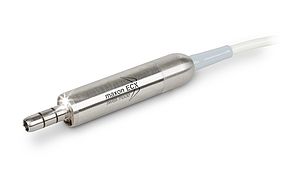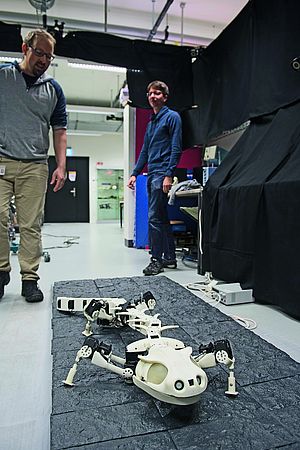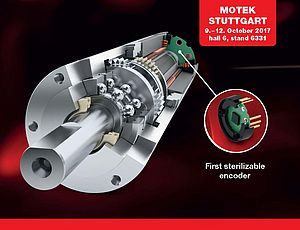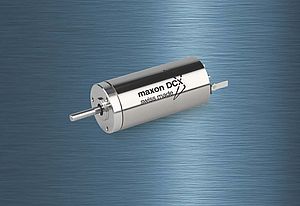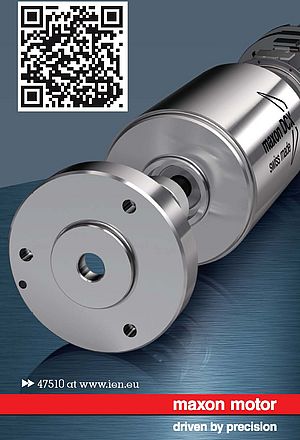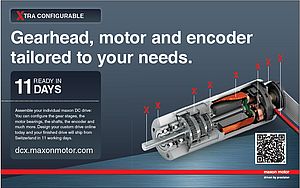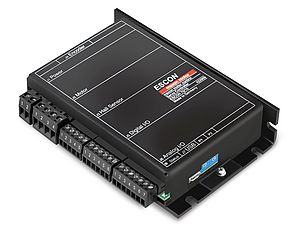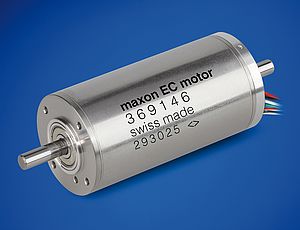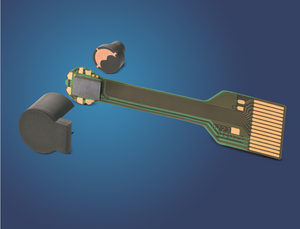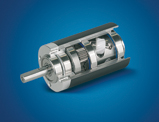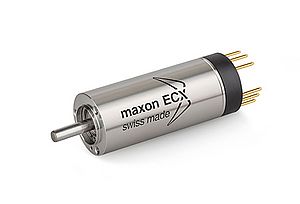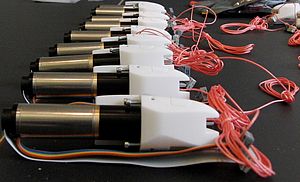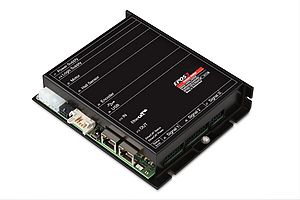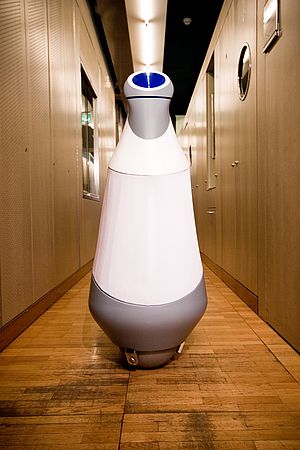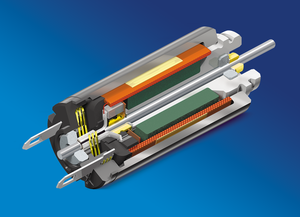As part of their Bachelor studies, students at the Swiss Federal Institute of Technology Zurich (ETHZ) have gathered in a focus project to develop a multipartite articulated crawling robot. Its name is the agenda; because Traloc is acronym for "track" and "localization". Hence, it is already said how the robot moves - just as in a tractor crawler's track - and for what purpose it is being used - for localization and detection of buried and trapped persons.
What if the search for survivors could be performed by a robot that would be remotely controlled through the scene of devastation from a safe distance? How can the risks for on-site rescue teams be minimalized? How can the critical, truly limited timeframe following a quake be used most efficiently? How can trapped persons be pinpointed with high accuracy and how can communication with survivors be established? These and similar questions were the team members' particular focus.
And their answer is not bad at all: Trapped victims can be buried under meters of debris. Localization and rescue can be a high-risk and time-critical endeavor, thus demanding the utmost from victims and rescue workers. In this exceptional situation, vibration-free, but at the same time rapid and precise localization of a victim is crucial for an effective rescue, because the probability of survival decreases very rapidly over time. That's where Traloc comes in. It is designed to explore hard-to-reach, unstable terrain, to detect signs of life and to perform precise detection and localization tasks.
From vision to reality
The project focuses on theoretical feasibility and possible implementation of a rescue system capable to support and supplement known, well-established rescue methods. Traloc it a modular system, which currently comprises five autonomously propelled, self-contained base elements. Each of them features a central drive system that propels tracks on all four long sides to guarantee forward motion regardless of the spatial orientation. Two base elements are thereby interconnected by a gimbal-like joint, which allows free movement in both, horizontal and vertical directions. The controls concept comprises a microcontroller for each base element. It manages propulsion and deflection of the corresponding base element, as well as communication with the other microcontrollers in the system. To provide even higher capabilities, the modular design allows the Traloc's extension with additional base elements.
Base element
Foundation stone of the Traloc is a set of self-supporting, cuboidal light-weight structures of about 200 mm side length, each. They are constructed as self-contained modules and provide space for the drives for the tracks and the joint, associated electronics, sensors, and interfaces. The elements are equipped with a pair of tracks on each side which are simultaneously driven by the central drive system. At their front faces, they feature a freely movable, motorized gimbal joint.
Main drive
The track pairs along the sides of each base element are made of double toothed belts. They are simultaneously driven by a single motor via a central worm reduction gear with four output shafts - another development of the Traloc team. This drive principle has the advantage of being capable to dependably move the Traloc, regardless of its actual contact faces. Sensor-based monitoring was deliberately not used. maxon motor's EC 32 flat IE, brushless flat motors with integrated 1-Q speed controller serve as main drives.
Intermediate joint
One of the mechanical core components is an innovative, self-designed joint. The idea is based on an actively powered gimbal joint permitting a deflection angle of more than 45° in both planes. The two degrees of freedom are mechanically decoupled, making it easy to control and very robust against external impacts. Each degree of freedom is actuated by an electric motor via a two stage chain reduction drive. In addition, a contactless rotary angle sensor is used to accurately position the joint. Each axis is driven by a brushless DC motor EC-max 22 with a downstream planetary gearhead with ceramics components GP 32 C, and a 1-Q-EC servo controller DEC Module 50/5.
Control
The modular setup of the system bears great potential for the implementation of sophisticated algorithms for specific control of the individual base elements. In order not to stress the project's very restricted timeframe too much, complex motion control has not been implemented with the present prototype. Nevertheless, alternative options could be demonstrated in detail.
Traloc features an interface, by which rotating angles of the individual intermediate joints and driving speed are transmitted. For drive control, a number of methods, such as trajectory planning via MATLAB, a graphical control console or the pioneering self-designed "Snake Controller" are available.
With the latter, the operator holds a miniaturized model of the Traloc in their hands. The desired changes in shape can be determined by adjusting or molding the individual limbs of the "Snake Controller" against each other. The driving speed is preset with a slider control. The Miniature Traloc's deviations are then flattened and sent as parameters to the corresponding controllers of the base elements, thus recreating the form and position of the "Snake Controller".
The control parameters are transmitted via trailing cable which also hosts lines for energy supply and for data transmission of the robot's onboard environment sensing instrumentation.
Sensors
The camera mounted up-front on the first base element can move in all axes. Besides horizontal and vertical pans it can also look backward, over the Traloc opposite to the direction of travel.
An inertial measuring system is located in the middle base element. It monitors the Traloc's spatial orientation and transmits the data on location, position, and geographic orientation to an external CPU. The data are then used to determine the position of pinpointed victims as well as for calculation of the Traloc's safe returning path. Originally, provision of all base elements with individual inertial measuring systems was planned, but could not be implemented due to lack of time.
True fact and fictional future
The Traloc team deserves extra compliments for its "robot of another kind" and the associated methods of resolution. Within the scope of the focus project, the principle objectives have all been fulfilled. Obviously, the project has not conclusively answered all aspects in respect to an in-practice application in a real disaster situation. Yet, the basic design structure has been successfully completed and has proven practical.
Further investigation and analyses are under way. With the participation of the Military Disaster Relief (search and rescue operations, part of the disaster relief framework of the Swiss Armed Forces and Civil Affairs Support), of RUAG Defence and various disaster relief organizations, the potential for further development and future utilization of Traloc are being evaluated.


